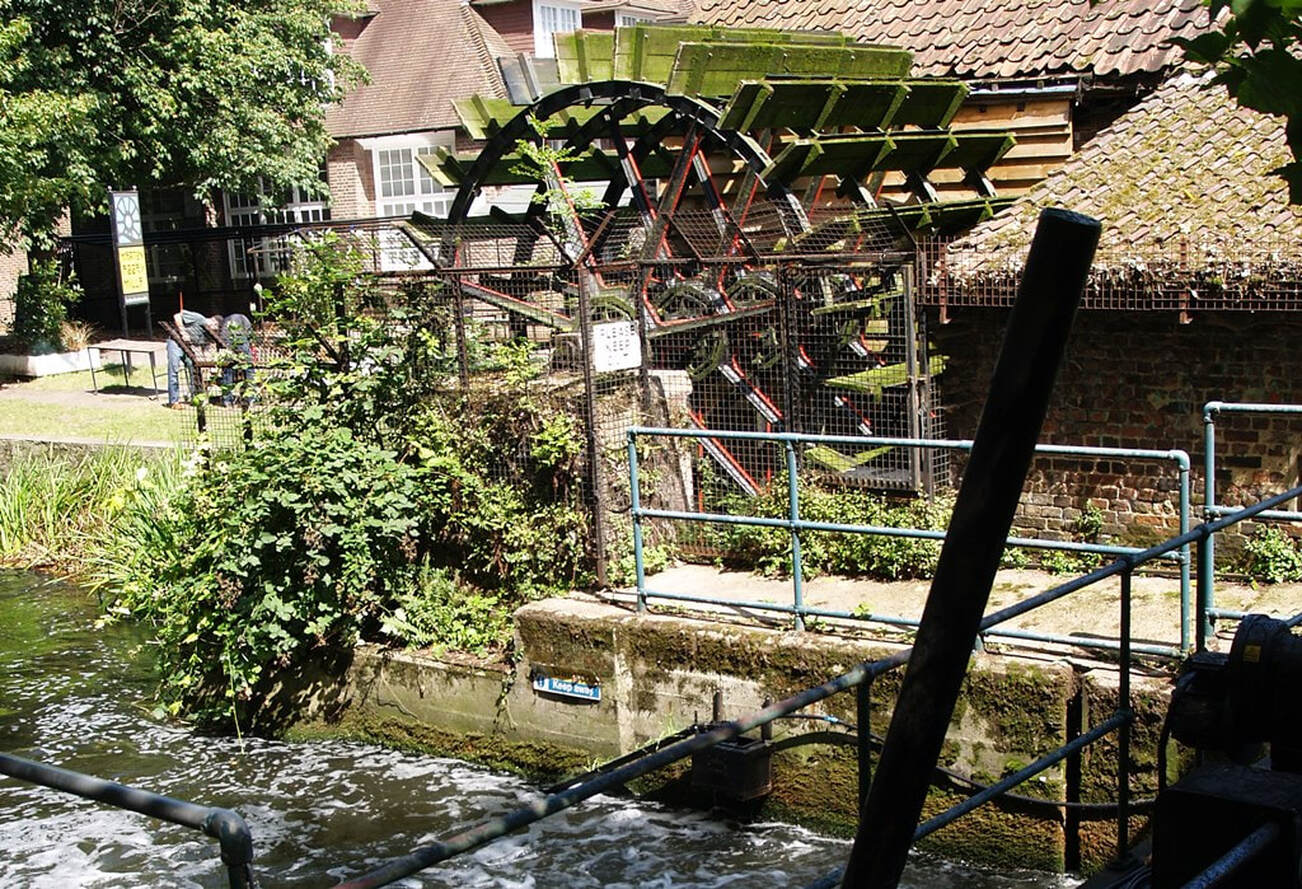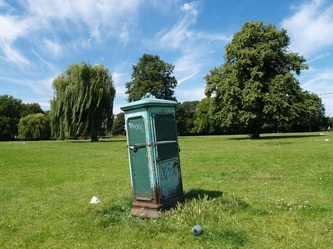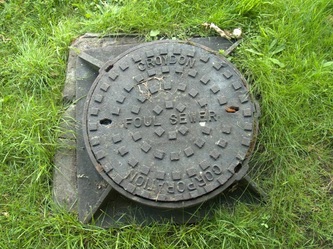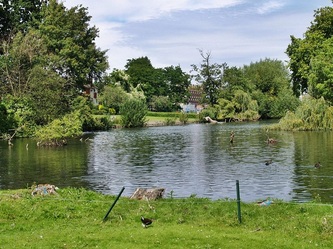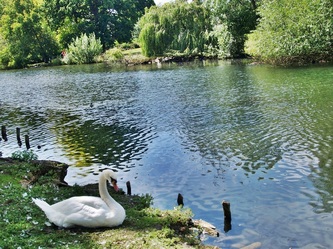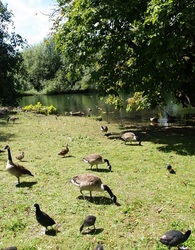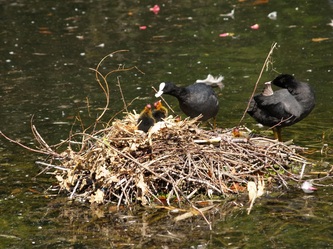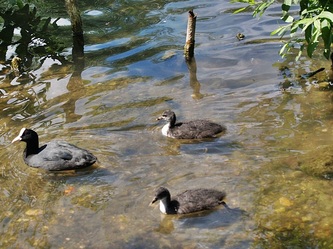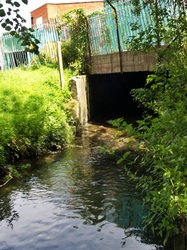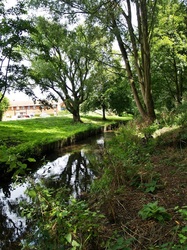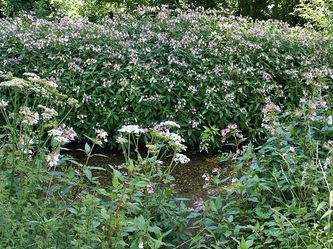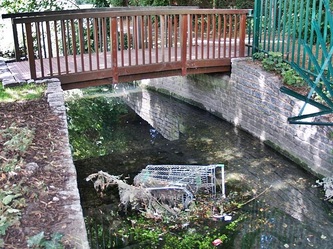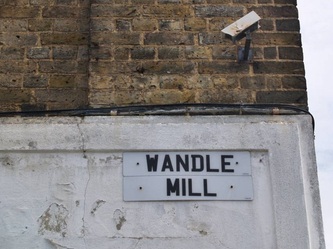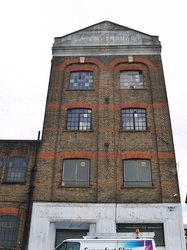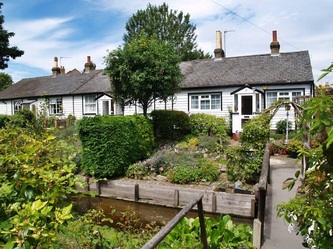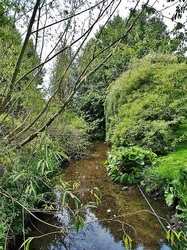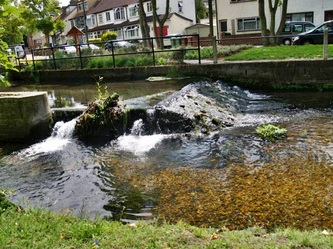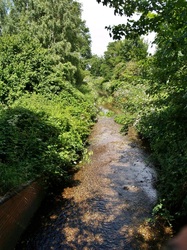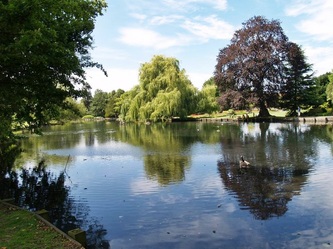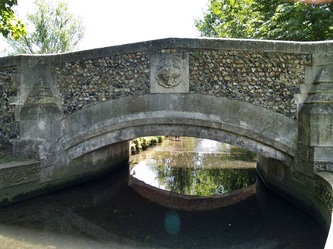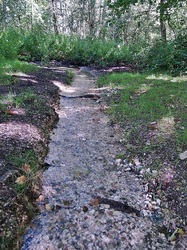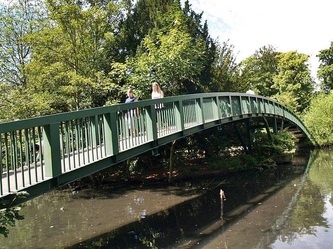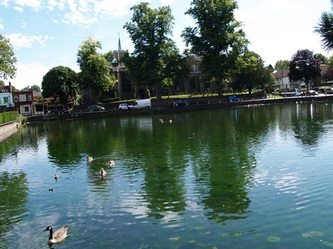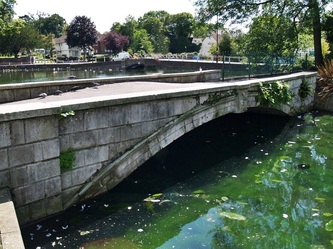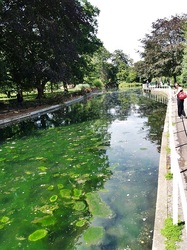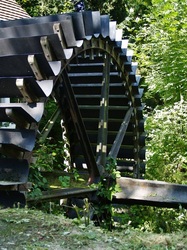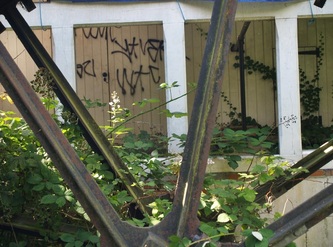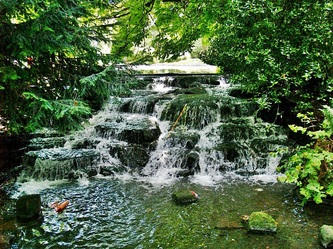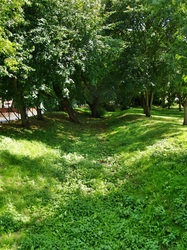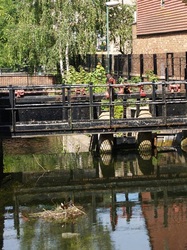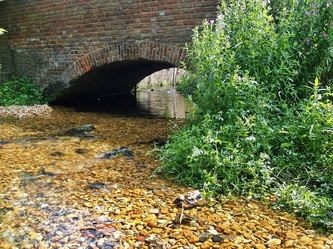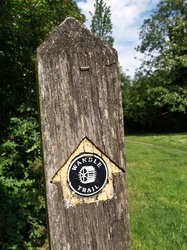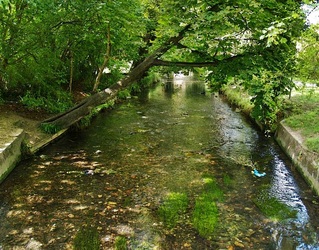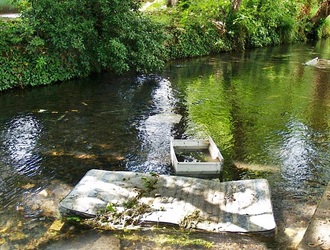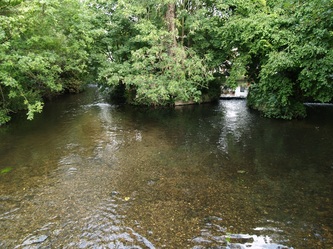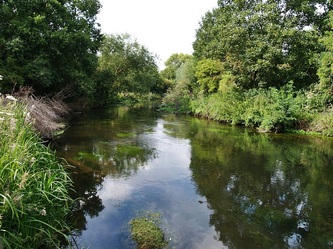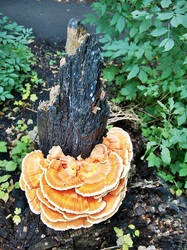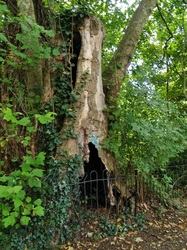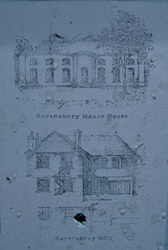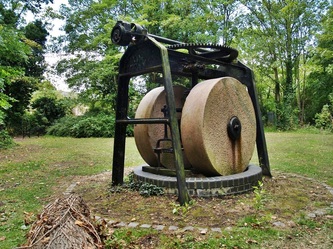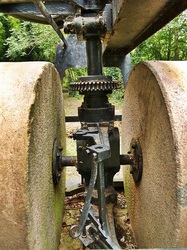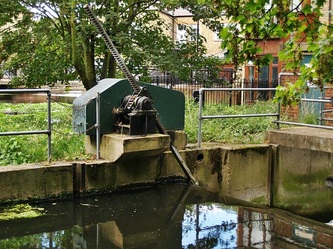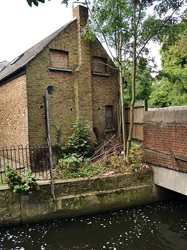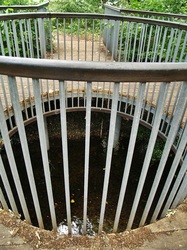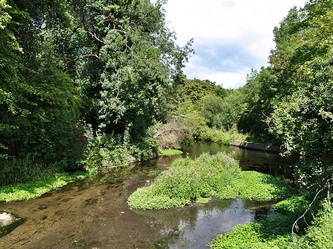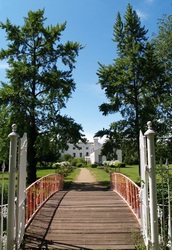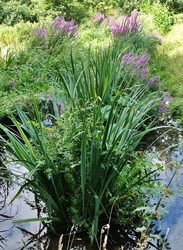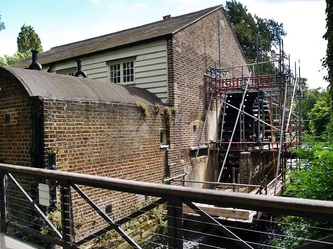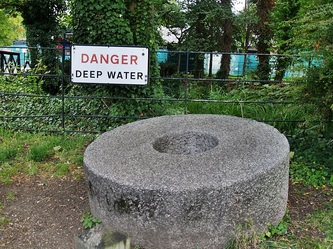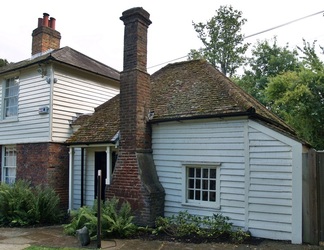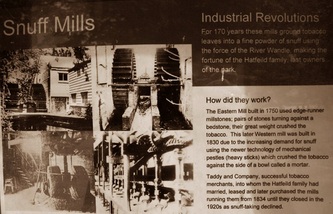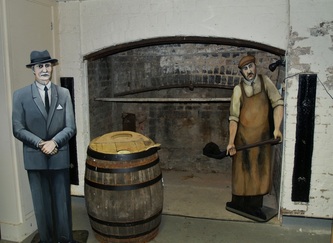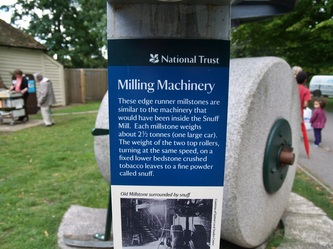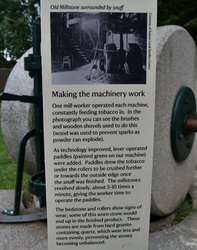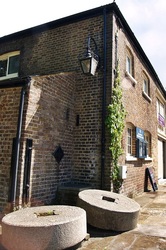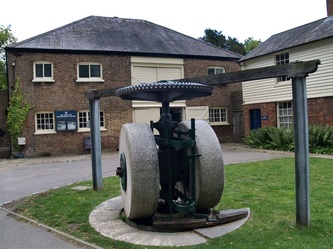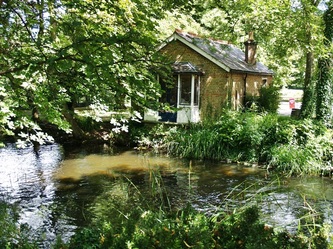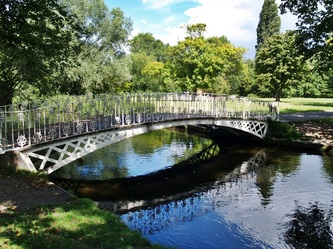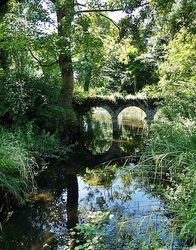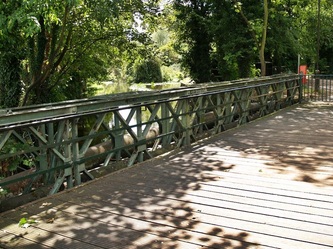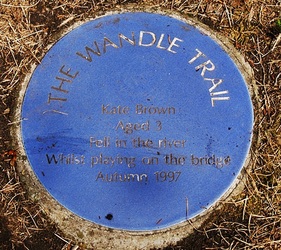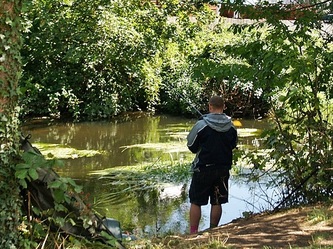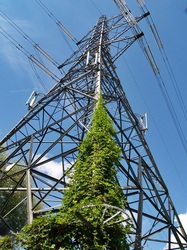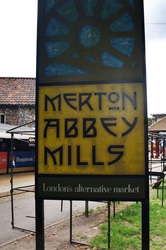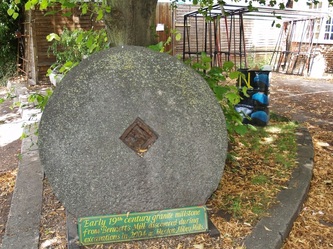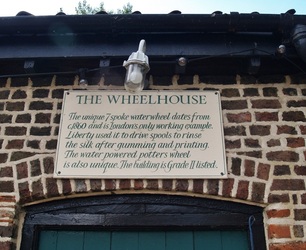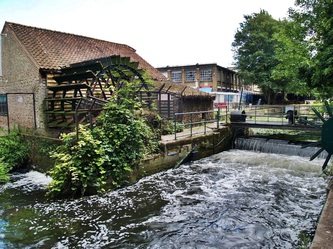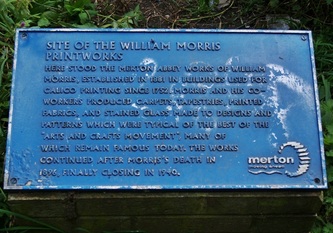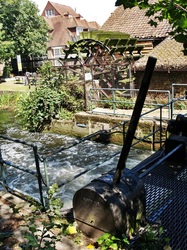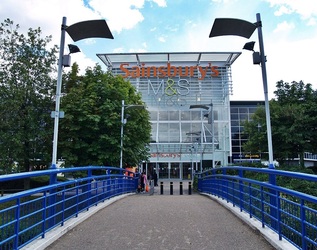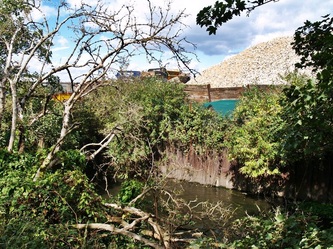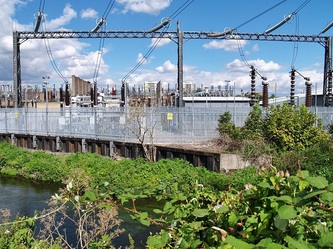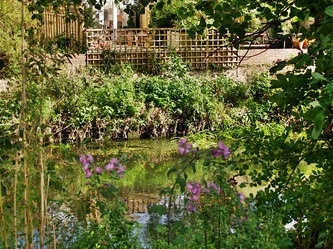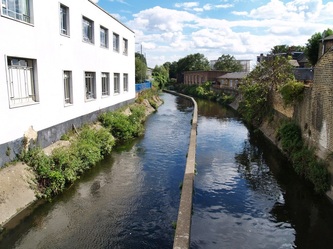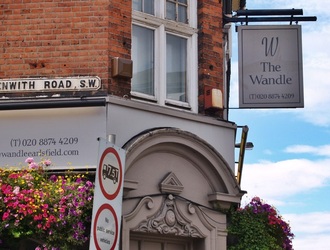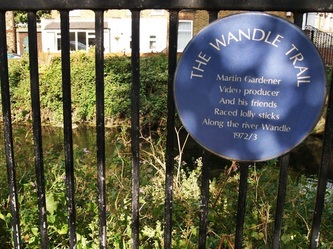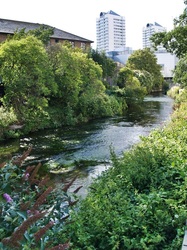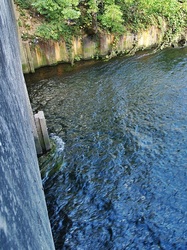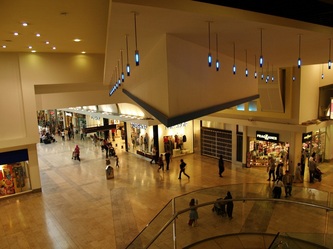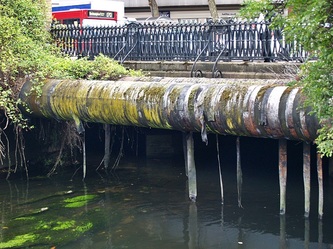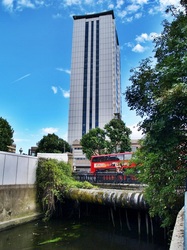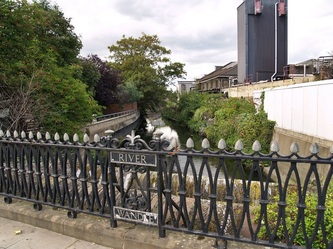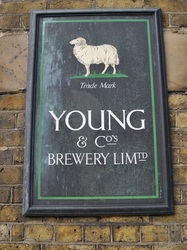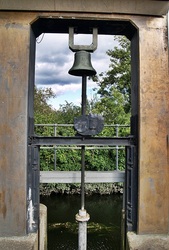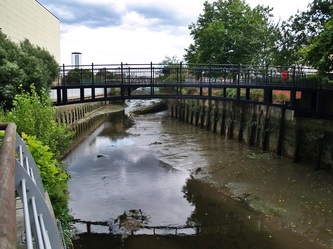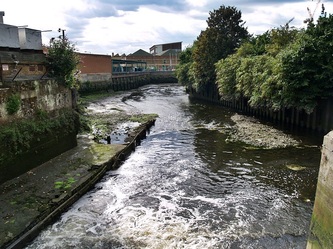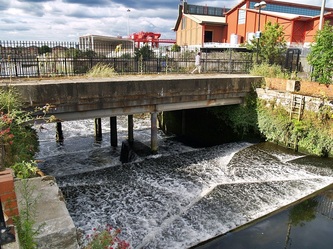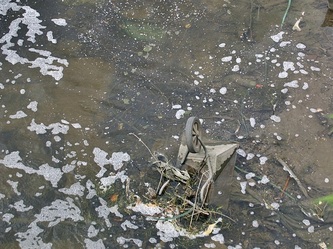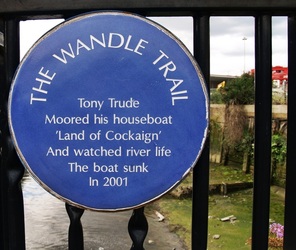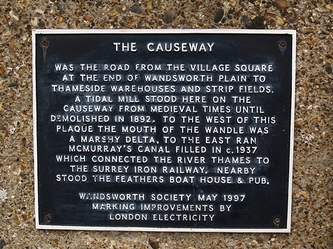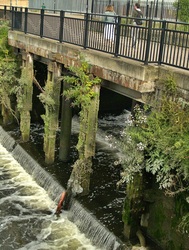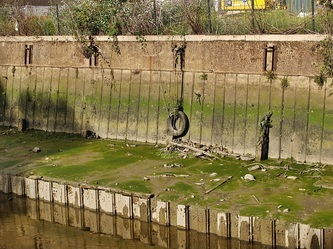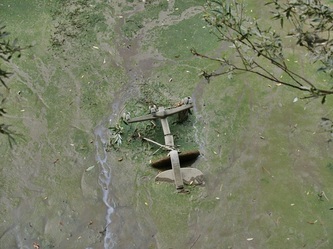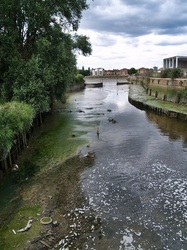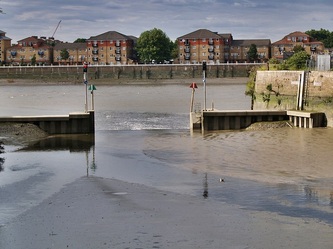London's Lesser Known Rivers - River Wandle
The Wandle is certainly one of London's better known rivers especially to people in South London though I still come across many people across London who have never heard of it. I have been asked why it wasn't included in my London's Lost Rivers book and my reply to them is that although the source in Croydon is culverted and that sections were diverted from its original course to accommodate industry around Merton, the Wandle is not "lost" and remains pretty much intact and above ground and (now) in the rudest of health.
The River Wandle passes through the South London Boroughs of Croydon, Sutton, Merton, and Wandsworth to join the River Thames on theat Wandsworth. The names of the river and of Wandsworth are thought to have derived from the Old English" Wendlesworth" meaning "Wendle's Settlement". The river is about 11 miles long.
The River Wandle rises from a spring near the Tesco (previously Swan and Sugarloaf public house) on Brighton Road in South Croydon. However, as Croydon's population grew, the stream became little better than an open sewer and was culverted from 1840 after outbreaks of typhoid and cholera.
The river then flowed through two marshy fields - Froggs Mead and Stubbs Mead, which became Wandle Park in 1890. Local springs were used to form a boating lake in the park, but frequent drying up problems led to the lake being filled in. The Wandle now continues underground, under the Purley Way road and into Waddon Ponds which, these days, are the first above ground evidence of the Wandle.
Lord Nelson fished here before winning the battle of Trafalgar and Frederick Halford, founder of modern fly-fishing was a familiar figure to Wandle regulars in Victorian times.
The river has been well-used since Roman times and was heavily industrialised in the 17th and 18th century. The main industries were tobacco and textiles. In Victorian times, the Wandle was one of the hardest-working rivers in the world, with 90 mills along its length, and water so pure and clear that it attracted prestigious printers like William Morris and Arthur Liberty. By the 1960s, the Wandle was officially declared a sewer, running pink, blue and all the other colours the tanneries were using.
Subsequent clean-ups of the river have led to a dramatic improvement in water quality leading to a return of the river's once famous Brown Trout. This improvement in water quality has also seen other fish thrive with stocks of Chub, Roach and Perch all flourishing once again. In 2007, a chemical was accidentally flushed into the Wandle from Thames Water's Beddington sewage works. This resulted in over 2,000 fish of various species being killed. The company failed to notify the Environment Agency of the discharge, as the site manager thought it was minor.
In August 2011, the Wandle was included in a list of the 10 most-improved rivers in England and Wales released by the Environment Agency (EA).
The River Wandle passes through the South London Boroughs of Croydon, Sutton, Merton, and Wandsworth to join the River Thames on theat Wandsworth. The names of the river and of Wandsworth are thought to have derived from the Old English" Wendlesworth" meaning "Wendle's Settlement". The river is about 11 miles long.
The River Wandle rises from a spring near the Tesco (previously Swan and Sugarloaf public house) on Brighton Road in South Croydon. However, as Croydon's population grew, the stream became little better than an open sewer and was culverted from 1840 after outbreaks of typhoid and cholera.
The river then flowed through two marshy fields - Froggs Mead and Stubbs Mead, which became Wandle Park in 1890. Local springs were used to form a boating lake in the park, but frequent drying up problems led to the lake being filled in. The Wandle now continues underground, under the Purley Way road and into Waddon Ponds which, these days, are the first above ground evidence of the Wandle.
Lord Nelson fished here before winning the battle of Trafalgar and Frederick Halford, founder of modern fly-fishing was a familiar figure to Wandle regulars in Victorian times.
The river has been well-used since Roman times and was heavily industrialised in the 17th and 18th century. The main industries were tobacco and textiles. In Victorian times, the Wandle was one of the hardest-working rivers in the world, with 90 mills along its length, and water so pure and clear that it attracted prestigious printers like William Morris and Arthur Liberty. By the 1960s, the Wandle was officially declared a sewer, running pink, blue and all the other colours the tanneries were using.
Subsequent clean-ups of the river have led to a dramatic improvement in water quality leading to a return of the river's once famous Brown Trout. This improvement in water quality has also seen other fish thrive with stocks of Chub, Roach and Perch all flourishing once again. In 2007, a chemical was accidentally flushed into the Wandle from Thames Water's Beddington sewage works. This resulted in over 2,000 fish of various species being killed. The company failed to notify the Environment Agency of the discharge, as the site manager thought it was minor.
In August 2011, the Wandle was included in a list of the 10 most-improved rivers in England and Wales released by the Environment Agency (EA).
The Wandle in pictures - From Croydon to Mitcham:
Click on a pic to enlarge & then the right arrow on the enlarged pic to continue looking through the gallery.
Click on a pic to enlarge & then the right arrow on the enlarged pic to continue looking through the gallery.
The Wandle in pictures - From Mitcham to Wandsworth:
Click on a pic to enlarge & then the right arrow on the enlarged pic to continue looking through the gallery.
Click on a pic to enlarge & then the right arrow on the enlarged pic to continue looking through the gallery.
